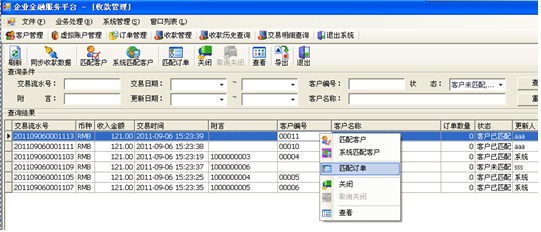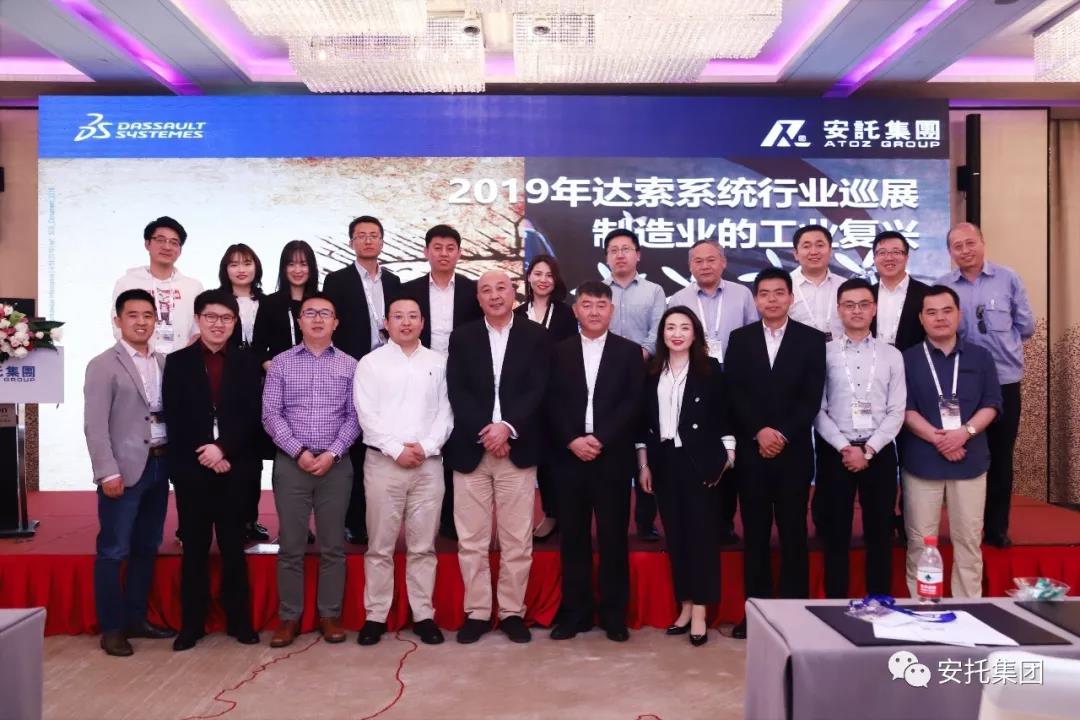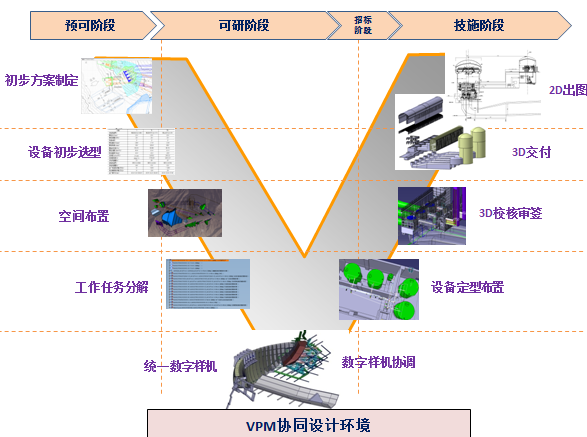Scan and pay attention to us
Dassault Platinum Partners
Dassault Certified Partners in Education
Case
Aerospace Ships and marine engineering Industrial equipment High-tech Energy Transportation Architecture400-900-7701
Online Customer Service Hotline
Dassault is the first C&SI Consulting & Systems Integrator consultant and system Integrator
Copyright 2018 Shanghai ATOZ Information Technology Ltd. 沪ICP备08114470号-1
Realizing intelligent manufacturing needs to cross three major obstacles
At present, the global manufacturing industry is in the process of transformation and upgrading, but China must steadily advance in line with its own national conditions. Experts pointed out that China's smart manufacturing should be centered around "data-driven smart manufacturing."

At present, the intelligence of manufacturing in China mainly has two tasks: one is single-point intelligence, such as CNC machine tools, robots, 3D printing, etc.; the other is global intelligence of single-point coordination. At present, the following three problems that hinder the development of smart manufacturing in China have yet to be resolved:
First, the intelligent manufacturing standard specification system is still not perfect. The imperfection of China's intelligent manufacturing standard system is mainly reflected in two aspects. First, there is a lack of a smart manufacturing top-level reference framework. China has not yet established a complete top-level reference framework for intelligent manufacturing. The layer-by-layer logical progressive relationship of the intelligent manufacturing framework is still unclear. At present, the German Electrical and Electronics Industry Association has released the reference architecture of Industry 4.0 and defined the Industry 4.0 components, laying the foundation for the company to develop future intelligent products and business models. At the same time, the US Industrial Internet Alliance, led by ATT, Cisco, GM, IBM, Intel and other companies, is building from seven aspects: physical systems, sensors and actuators, device management, data management, analysis services, applications and integration, and commercial systems. Industrial Internet Reference Framework. Second, the key technical standards for smart manufacturing are not yet uniform. The specific development paths of key technologies such as Internet of Things, intelligent equipment and robots, big data, cloud computing, and software related to intelligent manufacturing are not clear enough, and the corresponding standard specifications have not been unified, resulting in poor compatibility between different manufacturers and high integration difficulty.
Second, the industrial Internet architecture system needs to be solved. The Industrial Internet is a centralized networking of multiple heterogeneous networks that interconnect devices, products, and people. It is a network of networks.
Heterogeneous networks in the industrial Internet include RFID, Bluetooth, Zigbee, WiFi, cellular networks, etc., wireless communication networks with different communication distances, different communication protocols, and Internet and private protocols based on TCP/IP protocols. The internet. Different heterogeneous networks have large differences in the content of communication protocols such as network architecture, reference framework, data structure, response mechanism, and addressing mode. If the convergence problem between heterogeneous networks cannot be solved, the interaction, storage and mining of industrial big data will be limited, and the value-added services of the product life cycle will also be affected. Therefore, it is necessary to clarify the transfer mechanism of gateways between heterogeneous networks and establish a unified industrial Internet architecture system that can integrate different heterogeneous networks.
Third, the traditional industry management model is not compatible with the new model of “Internet + manufacturing”. The institutional mechanism and management mode of the industrialization era are not compatible with the new model of "Internet + manufacturing", which is mainly reflected in three aspects.
The first is the incompatibility of traditional production relations and emerging production relations. The flourishing of new things will have an impact on existing rules. The state has insufficient response to the "Internet + manufacturing" innovation development trend, lacking long-term strategic ideas and effective management models. The current manufacturing policy is still the inheritance of the old industrialization ideas, which may hinder the development of “Internet + manufacturing” in terms of regulatory standards and administrative examination and approval.
Secondly, the industry is not adapted to the industry management system that accelerates cross-border integration and fragmentation. "Internet + manufacturing" is not just a matter of the Ministry of Industry and Information Technology, but a large article that is highly coordinated and coordinated by all government departments. At present, the government informationization promotion department is still subordinate to the technology and tools level in the entire government system, lacking the ability to cross-department, cross-industry, and overall leadership. This will lead to the formation of information islands between relevant departments, and it is difficult to adapt to "Internet + manufacturing." The industry has brought about a major change in the industry.
Once again, the growing basic information resource sharing and business coordination needs and regulatory methods are not suitable. The high degree of synergy between the upstream and downstream links of the manufacturing industry chain puts forward higher requirements for the establishment, opening and sharing of basic information resources such as enterprise credit information database, industry database and legal person database. At present, China has not established a business synergy guarantee mechanism and supervision method that can cope with the sharing of basic information resources in the industry, which seriously restricts the open sharing of upstream and downstream information resources in the industry chain.
Recommended news
-

Customerintroduction TheBridgeStructureResearchInstituteofChinaRailwayBaoqiaoGroupCo.,Ltd.isawholly-ownedsubsidiaryofChinaWorldRailCorporation,aFortune500company.Itisalargestate-ownedenterprisespecia
2019-04-24 07\:31 -

Withtheemergenceofthedirect-linkedmodeofbank-enterprise,enterpriseuserscandirectlycompletetheoperationsoftransfer,payment,etc.throughtheERPsystem.However,therearestillmanyshortcomingsinthecollectionma
2019-04-24 07\:22 -

First,theproductisthecoreoffuturedevelopment-thebackgroundofanairlinePSMproject Alongwiththegradualmaturityoftheaviationmarket,anairlinehasstrategicallytransformeditsuserneedswhileimprovingitsservice
2019-04-24 07\:21















